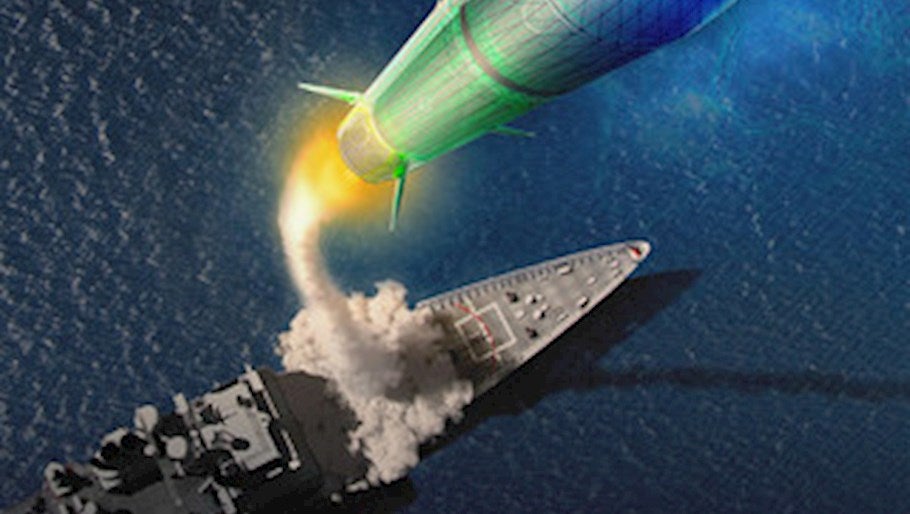
The US Department Missile Defense Agency (MDA) has selected Northrop Grumman, Lockheed Martin and Raytheon to research and develop a missile system.
The companies were awarded separate contracts with a total value of around $60m to develop and test the first interceptor that can defend the country against hypersonic threats.

Discover B2B Marketing That Performs
Combine business intelligence and editorial excellence to reach engaged professionals across 36 leading media platforms.
Known as Glide Phase Interceptor (GPI), the hypersonic weapon system will be capable of defeating a new generation of hypersonic missiles.
Hypersonic weapons can fly at five times the speed of sound (Mach 5) and also come with rapid manoeuvring capability while in flight at different altitudes.
In a press statement, Raytheon said that it is developing the GPI to intercept hypersonic weapons in the glide phase of the flight on behalf of the MDA.
This phase is when the missile re-enters the Earth’s atmosphere and is gliding toward its intended target.

US Tariffs are shifting - will you react or anticipate?
Don’t let policy changes catch you off guard. Stay proactive with real-time data and expert analysis.
By GlobalDataRaytheon noted that the initial development phase seeks to reduce technical risk, quickly develop the technology, and showcase its ability to intercept a hypersonic threat.
GPI will be combined into the US Navy’s ship and shore-based Aegis Weapon System.
Strategic Missile Defense vice-president Tay Fitzgerald said: “Raytheon Technologies systems are the cornerstone of today’s ballistic missile defences.
“We’re building on that knowledge to advance the missile defence system for future threats.
“GPI’s speed, ability to withstand extreme heat, and manoeuvrability will make it the first missile designed to engage this advanced threat.”
The US Navy recently conducted a second live fire test of the first stage solid rocket motor (SRM) in Promontory, in the US state of Utah.
This static fire test, conducted on 28 October, marks a development milestone and takes the hypersonic rocket motor closer to flight testing by the US Navy and Army.
In December 2018, the US DoD considered furthering efforts to develop hypersonic weapons in a bid to combat potential advanced threas.





